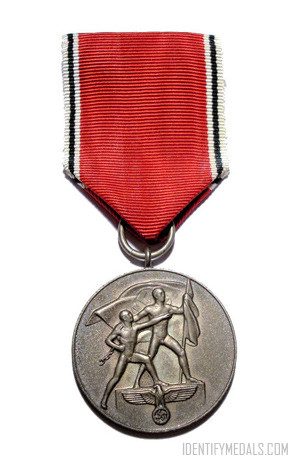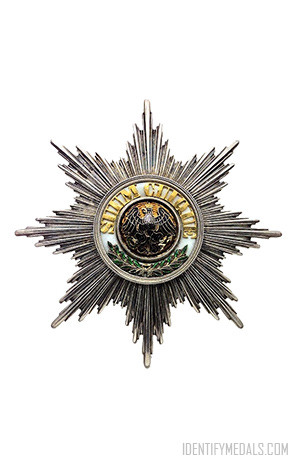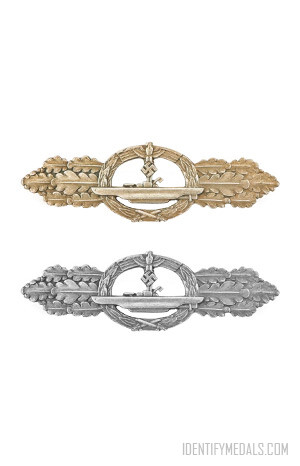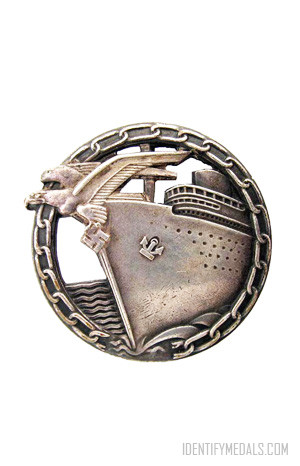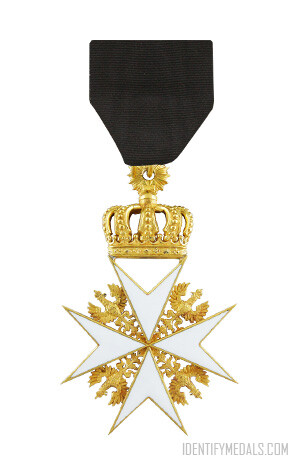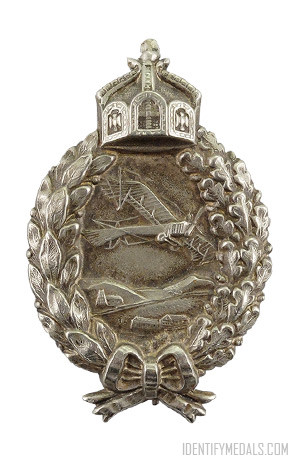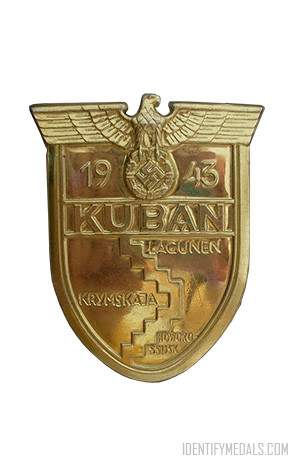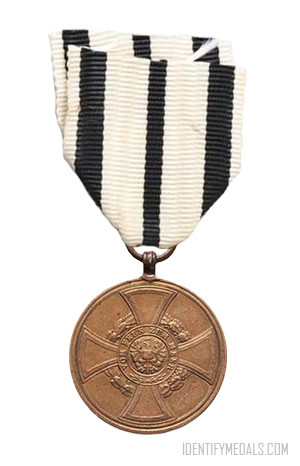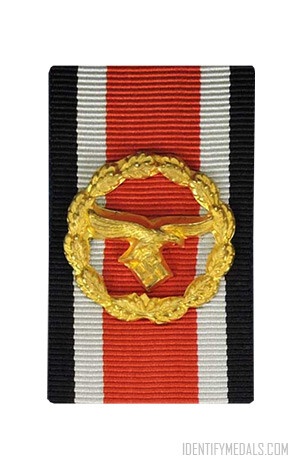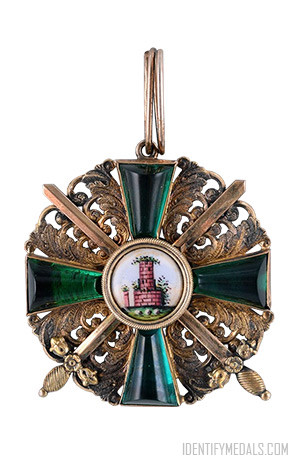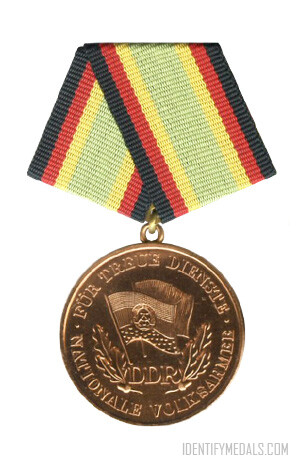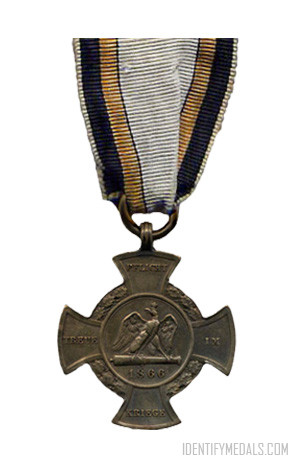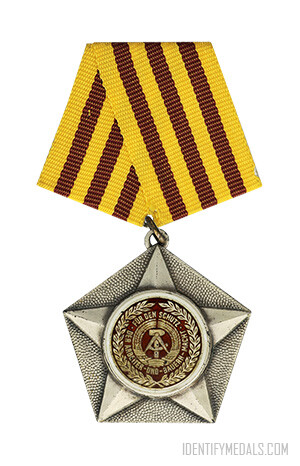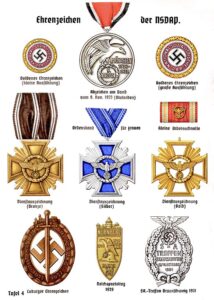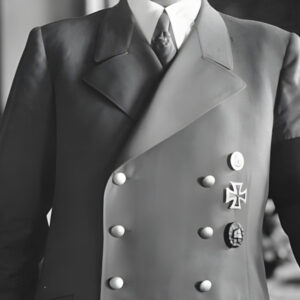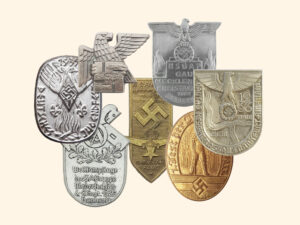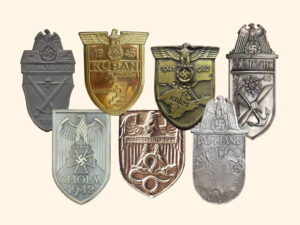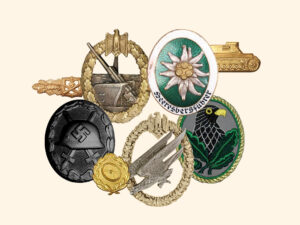- Time Period: Nazi Germany (Interwars Period, World War II)
- Institution: 1 May 1938
- Country: Germany
The Anschluss Commemorative Medal (or Die Medaille zur Erinnerung an den 13. März 1938 in German) was a decoration of Nazi Germany instituted on 1 May 1938 and awarded during the interwar period.
The medal commemorated the annexation of Austria to the German Reich, or Anschluss. The move was the first in Hitler’s quest for Lebensraum, and it strengthened German flanks while weakening those of Czechoslovakia.
The medal, known as the “Anschluss medal“, was awarded to all those Austrians who contributed to or participated in the annexation as well as the members of the Austrian National Socialism movement. It was also awarded to German State officials and members of the German Wehrmacht and SS who marched into Austria.
The Anschluss Commemorative Medal Design
The Anschluss Commemorative medal is round, highly detailed, die-struck and based on the 1938 Party Day Badge and designed by Professor Richard Klein.
On the obverse of the medal, symbolic of Austrian adhesion to the German realm, a man holding the Nazi flag stands on a dais bearing the emblem of the “Third Reich”; he assists onto the dais a second man, on whose right hand a broken shackle still may be seen. On the reverse is the inscription “13. März 1938” (13 March 1938), the date of the Anschluss; the date is surrounded by the words, “Ein Volk, Ein Reich, Ein Führer” (“One People, One Empire, One Leader”).
The Anschluss Commemorative Medal was awarded until 31 December 1940, and a total of 318,689 medals were awarded.

